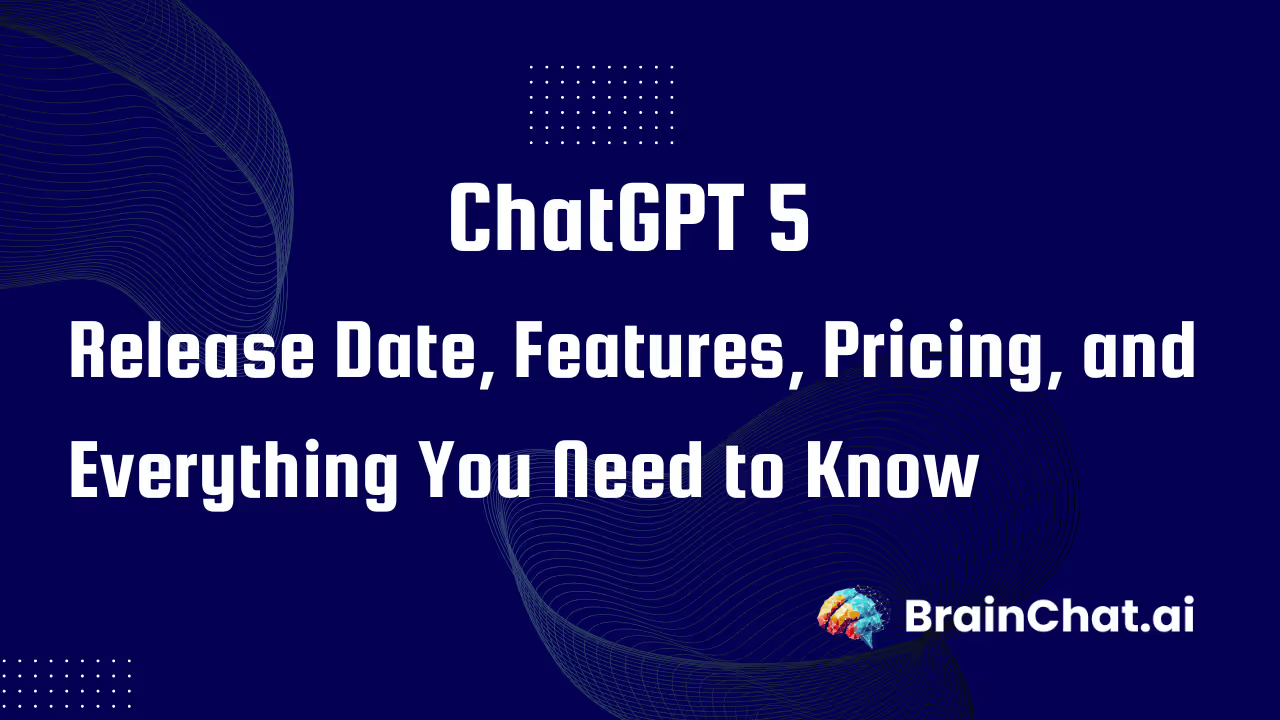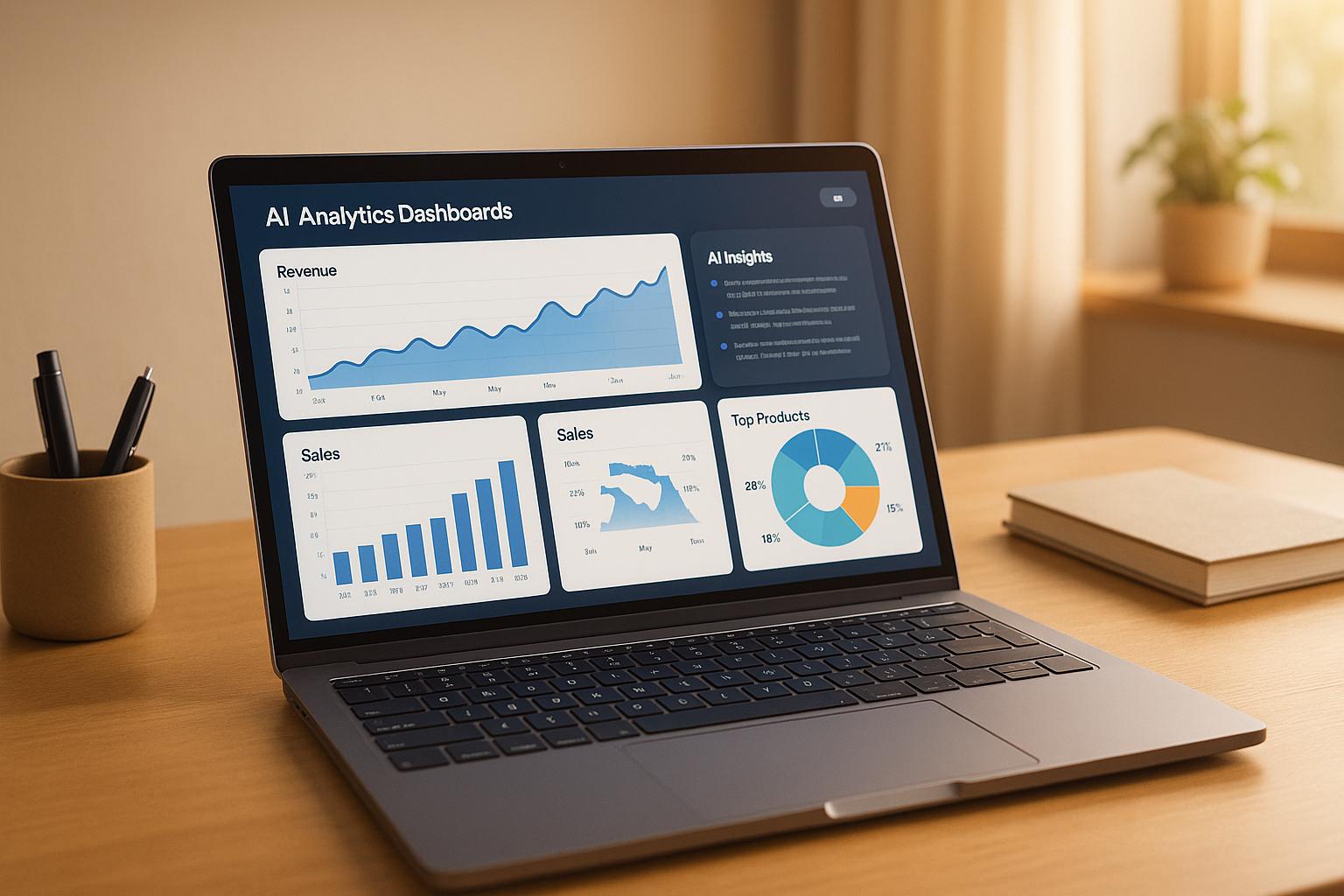
ChatGPT 5: Release Date, Features, Pricing, and Everything You Need to Know

As the world of artificial intelligence continues to evolve at a rapid pace, all eyes are on ChatGPT 5, the latest in OpenAI’s series of cutting-edge AI models.
Following the success of GPT-3 and GPT-4, ChatGPT-5 is expected to push the boundaries of AI capabilities even further, offering more robust reasoning, enhanced multimodal features, and greater utility across industries.
Here’s a deep dive into everything we know so far about this new language model and what it means for the future of AI.
What is ChatGPT-5?
ChatGPT-5 is the newest generative AI model in OpenAI's GPT series (it is not yet live). Like its predecessors, it’s built on transformer architecture, designed to improve natural language processing and make machine learning more efficient.
The leap from GPT-4 to ChatGPT-5 is expected to be significant, particularly in the areas of multimodal capabilities, where the model can process images, video, and audio in addition to text.
This new model is poised to be a game-changer in the Generative AI industry, offering improved reasoning skills, deeper contextual understanding, and the ability to engage in more complex conversations than ever before.
CEO Sam Altman has hinted that Chat GPT-5 will surpass GPT-4 in both cognitive performance and application potential, making it one of the most advanced generative models to date.

When Will ChatGPT-5 Be Released?
The release of ChatGPT-5 is highly anticipated, with many experts speculating that it will launch in late 2024 or early 2025. OpenAI is currently in the process of training the model, a phase that typically involves extensive safety checks, including external testing (known as “red teaming”) to identify any vulnerabilities or biases in the system.
While the company has not confirmed an exact release date, CEO Sam Altman has emphasized the importance of taking time to ensure that the AI is both powerful and ethically sound.
By prioritizing safety, OpenAI aims to deliver an AI system that can be trusted for a wide range of applications, from business solutions to personal assistance.
Key Features of ChatGPT-5
1. Enhanced Multimodal Abilities
One of the most exciting advancements in ChatGPT-5 is its expanded multimodal functionality. While GPT-4 introduced basic capabilities for handling text and images, the new model will push these boundaries even further, potentially allowing users to interact with audio and video inputs. This advancement will make ChatGPT-5 a more versatile tool for industries like education, healthcare, and customer service.
2. Advanced Reasoning and Problem Solving
As AI technology progresses, reasoning capabilities are becoming a key differentiator among models. ChatGPT-5 will feature improved cognitive reasoning, enabling it to tackle more complex problems, engage in deeper conversations, and offer more accurate, context-aware responses.
3. "SuperSmart" Assistants
Another rumored feature is the introduction of AI assistants that could operate autonomously, helping users with day-to-day tasks such as scheduling meetings, writing emails, and even managing projects. These "supersmart" assistants are likely to outperform existing workplace AI tools from companies like Microsoft and Google.
4. Improved Safety and Bias Mitigation
With growing concerns about AI bias and misinformation, OpenAI has emphasized making ChatGPT-5 safer. The company’s rigorous testing process is designed to detect and mitigate biases, ensuring that the model operates fairly across diverse user groups and use cases.
How Much Will ChatGPT-5 Cost?
While pricing for ChatGPT-5 has yet to be confirmed, it’s expected that it will follow the same subscription model as GPT-4.
Currently, users can access ChatGPT Plus for $20 per month, which provides priority access to models like GPT-4 and o1.
It’s likely that ChatGPT-5 will be included in this subscription or made available through similar premium plans like Copilot Pro.
As newer versions roll out, we can also expect GPT-4 to become more accessible at a reduced price, making high-level AI tools available to a broader audience.
How Will ChatGPT-5 Benefit Developers and Businesses?
For developers, ChatGPT-5 opens up new possibilities with its expanded API integration capabilities. Whether creating intelligent chatbots, automating workflows, or building next-gen applications, this new model is expected to be a powerful tool across sectors.
Industries such as healthcare, where AI is increasingly used for diagnostics, could see significant improvements in the model's ability to analyze diverse data formats (e.g., X-rays, patient reports) in real-time. Similarly, education could be transformed by interactive, multimodal lessons powered by ChatGPT-5 that cater to different learning styles.
The customer service sector, too, stands to gain from more intelligent and nuanced AI-driven solutions, offering faster resolutions and more personalized support.
What’s Next After ChatGPT-5?
While ChatGPT-5 is still in development, OpenAI is already laying the groundwork for future advancements. CEO Sam Altman has indicated that GPT-6 and subsequent versions are being explored, with the goal of creating even more sophisticated models that can seamlessly integrate with hardware and automate more complex human tasks. This marks a shift toward an era where AI becomes an even more integral part of daily life, moving from assistants to fully autonomous co-workers.
FAQ
Q1: When will ChatGPT-5 be released?
A: While there is no exact release date, ChatGPT-5 is expected to launch in late 2024 or early 2025. OpenAI is currently focused on testing and refining the model to ensure it meets high safety and performance standards.
Q2: What are the key differences between GPT-4 and ChatGPT-5?
A: ChatGPT-5 is expected to offer improved reasoning abilities, expanded multimodal functionality (handling video, audio, and images), and the introduction of "supersmart" AI assistants. It will also feature stronger bias mitigation and safety measures compared to GPT-4.
Q3: Will ChatGPT-5 be free to use?
A: It’s likely that ChatGPT-5 will be available through a subscription plan similar to ChatGPT Plus, which costs $20/month. However, OpenAI may offer a free tier with limited features, as seen in previous releases.
Q4: How can businesses benefit from ChatGPT-5?
A: ChatGPT-5 will benefit businesses by enabling more advanced AI applications, from intelligent chatbots to enhanced customer support systems. Its multimodal capabilities make it ideal for industries like healthcare, education, and customer service, where diverse data types must be processed efficiently.
ChatGPT-5 is set to be a transformative AI model that will redefine how industries leverage artificial intelligence. With its cutting-edge technology, enhanced reasoning, and multimodal features, it promises to make AI more accessible, reliable, and powerful for both developers and everyday users alike. Stay tuned as we get closer to its release!
Turbocharge your team with BrainChat AI
Teams using BrainChat report a 40% boost in task completion speed. Imagine what your team could achieve.
%20(1).png)



